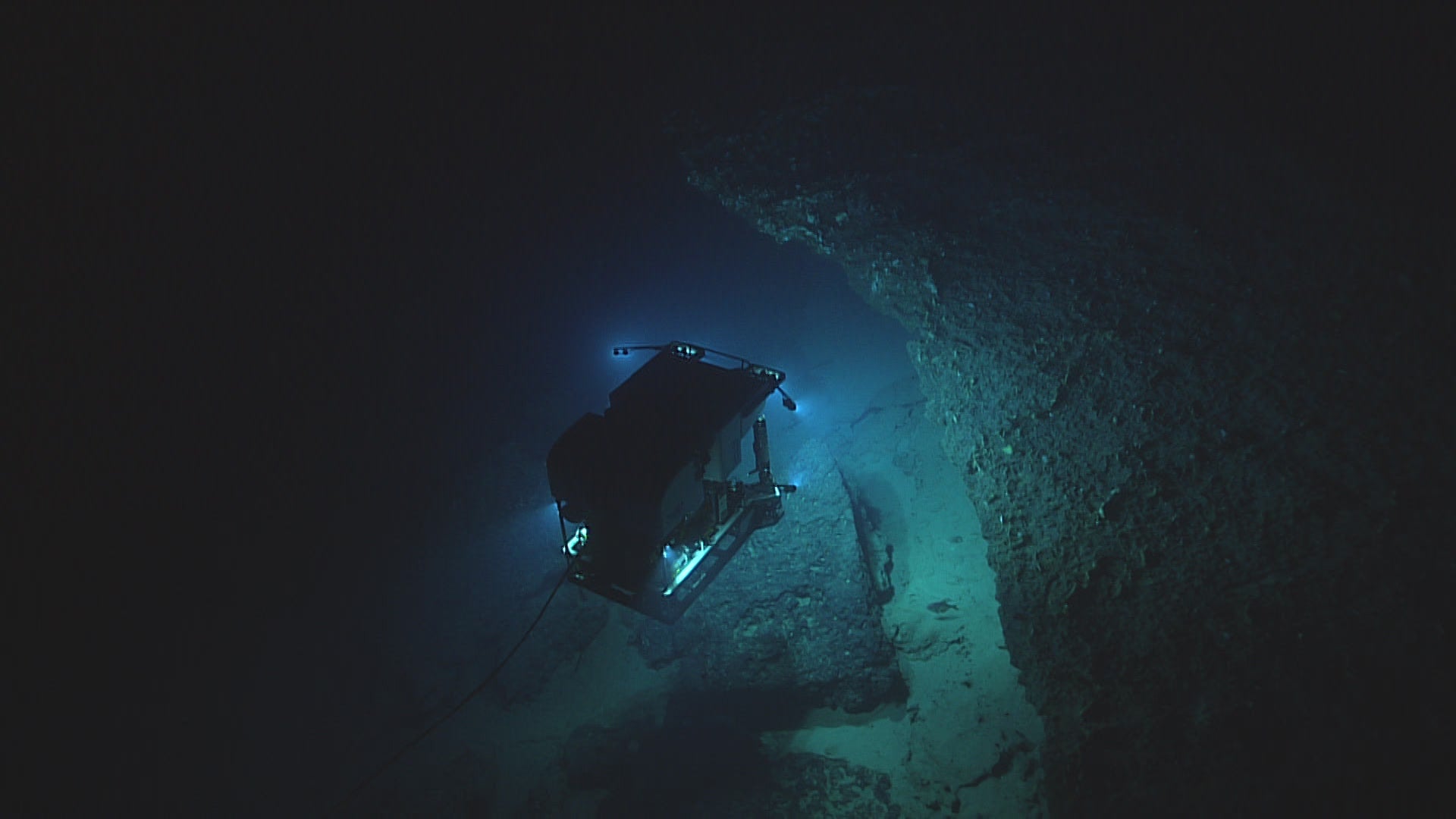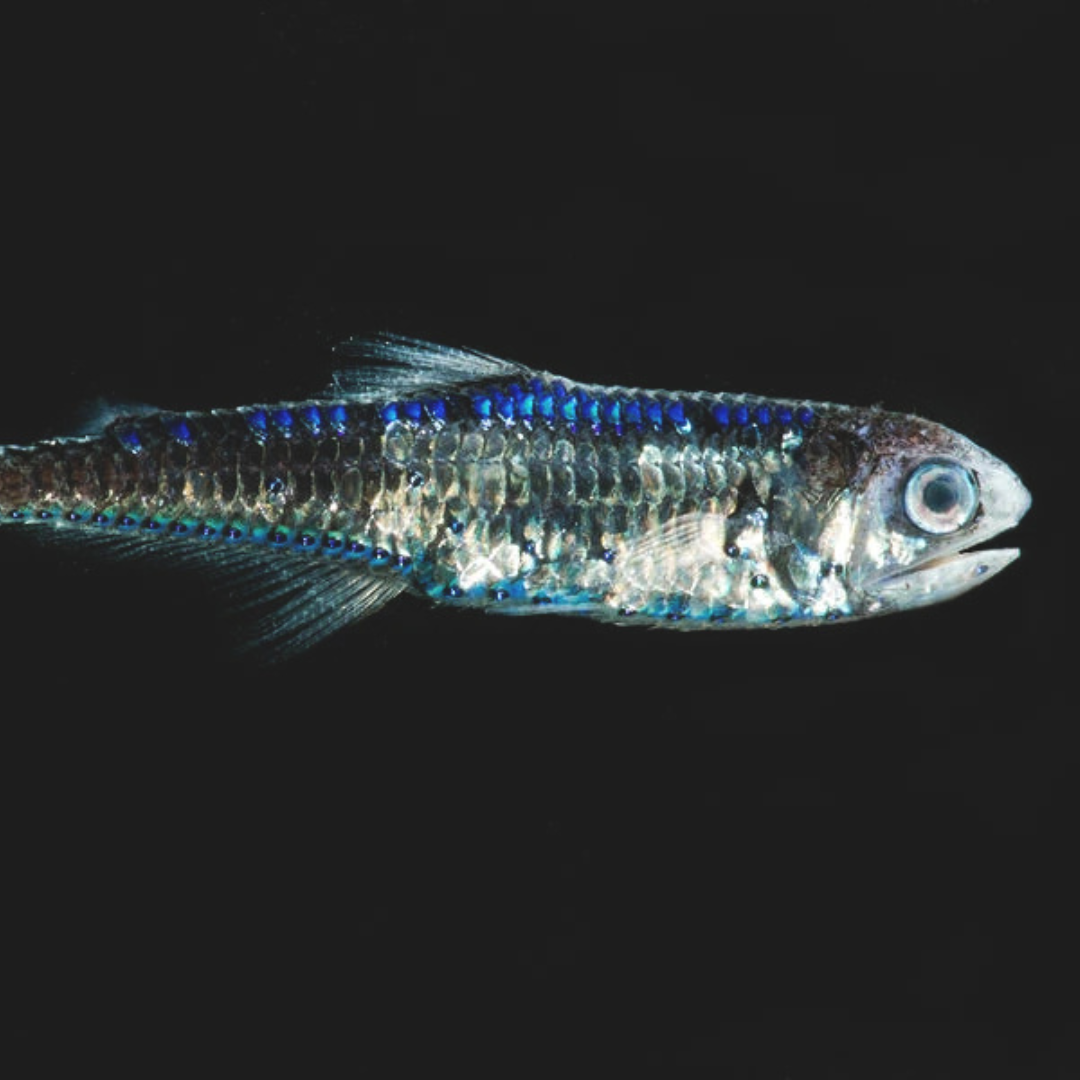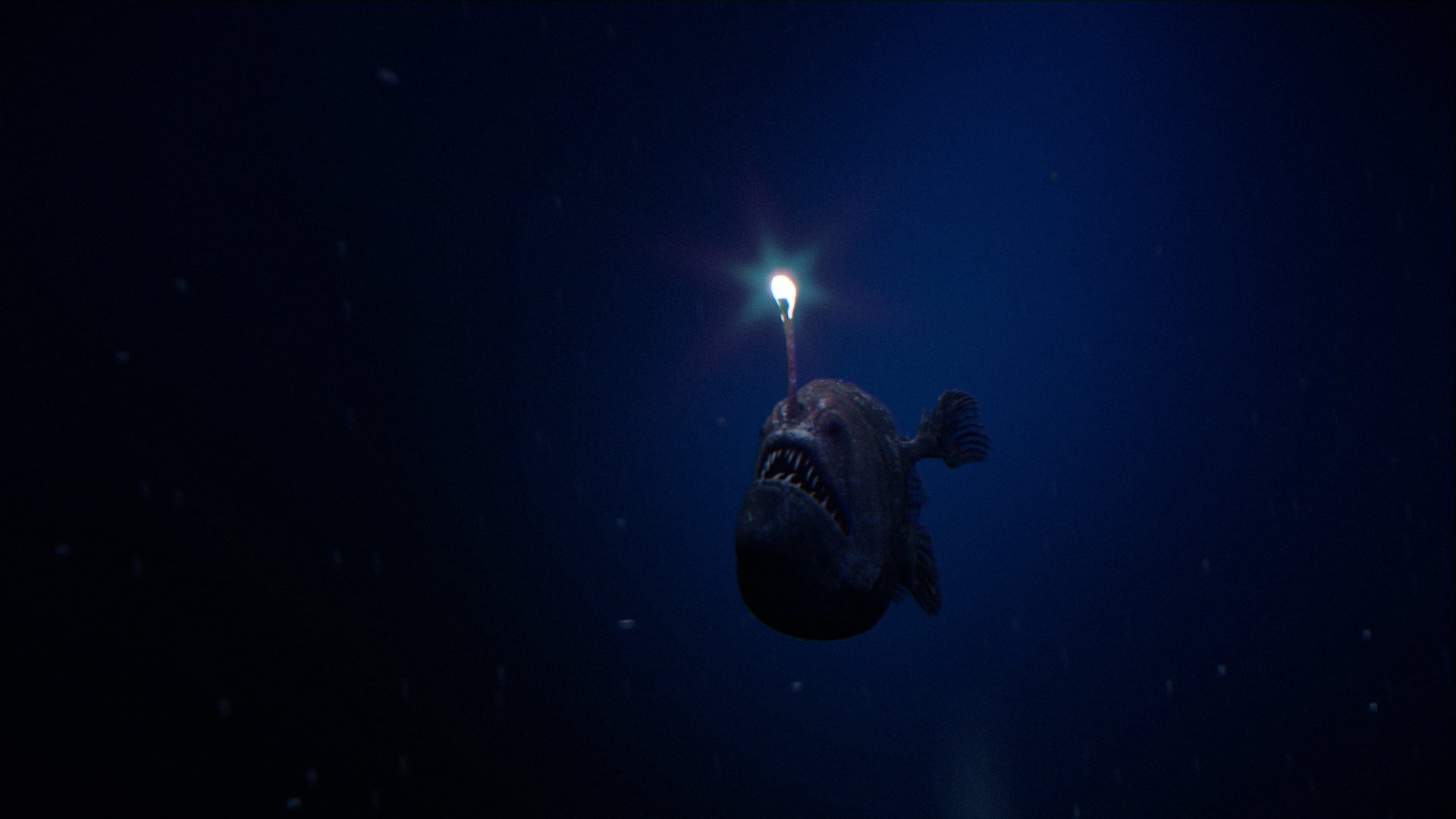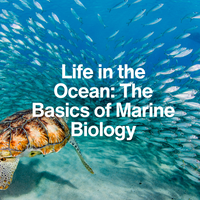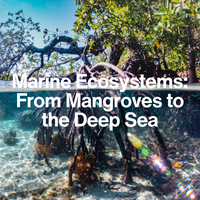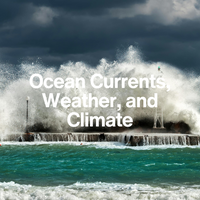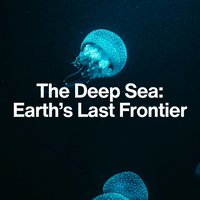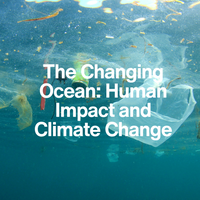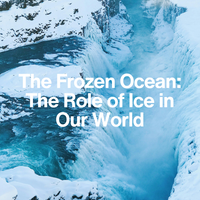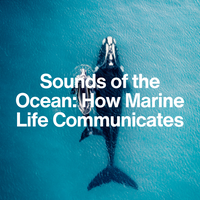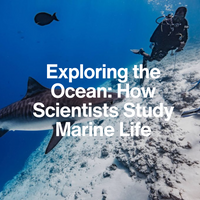LESSON 4
The Weird and Wonderful – Bioluminescence, Deep-Sea Giants, and Extremophiles
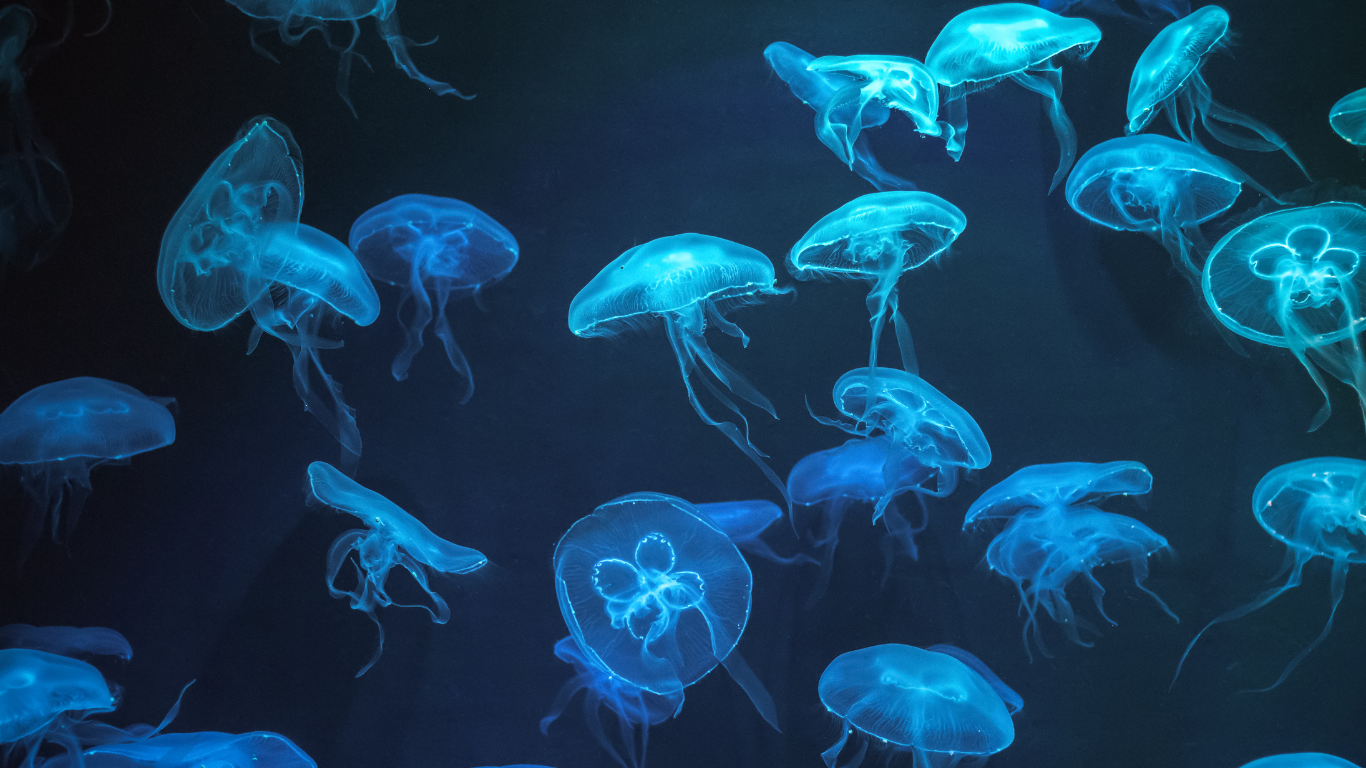
Introduction:
Welcome to the Twilight Zone
As sunlight fades and pressure builds, the ocean transforms into one of the most alien places on Earth. Here, in the deep sea and extreme environments, life has evolved in the strangest and most astonishing ways—from glowing predators to creatures that thrive in boiling acid or freezing darkness.
In this lesson, we’ll explore the weird and wonderful side of marine life. Get ready to meet the creatures that glow in the dark, grow to enormous sizes, or survive in conditions that would be deadly to almost every other lifeform on Earth.
1. Bioluminescence: The Ocean’s Natural Light Show
Bioluminescence is the ability of living organisms to produce light through chemical reactions in their bodies. In the deep ocean, where sunlight doesn’t reach, it’s a crucial survival tool.
Why Creatures Glow
Fun Fact
Around 75% of animals in the deep ocean are bioluminescent!
2. Deep-Sea Giants: The Phenomenon of Deep-Sea Gigantism
In the deep sea, some creatures grow to unexpectedly large sizes—a phenomenon called deep-sea gigantism.
Theories Why This Happens:
- Colder temperatures slow metabolism and growth, leading to larger sizes over time.
- Larger bodies may help store energy in areas where food is scarce.
- Low predation pressure allows species to evolve without needing to stay small and hidden.
Examples of Deep-Sea Giants
3. Extremophiles: Life on the Edge
Extremophiles are organisms that thrive in extreme conditions—boiling temperatures, toxic chemicals, crushing pressure, or complete darkness. Many of them are microbes, but some animals have evolved incredible adaptations too.
Where You’ll Find Them
Incredible Adaptations:
- Tube worms that have no mouth or gut—just a symbiotic relationship with chemosynthetic bacteria.
- Fish with antifreeze proteins in their blood to stop their bodies from freezing.
- Microbes that can withstand pressures hundreds of times stronger than the surface.
Did you know?
Studying extremophiles helps scientists understand how life might exist on other planets!
Conclusion
Stranger Than Fiction
The deep sea and extreme marine environments are full of surprises. These bizarre and brilliant adaptations show the resilience of life—and remind us how little we still know about our own planet. From glowing light shows to giant crustaceans and heat-loving microbes, the weird and wonderful world of the ocean is a frontier of fascination, survival, and discovery.
Key Takeaways:
Bioluminescence is common in the deep sea and serves many purposes, from attracting prey to avoiding predators.
Deep-sea gigantism refers to unusually large sizes of some marine creatures in the deep.
Extremophiles are organisms that live in extreme environments, like hydrothermal vents and freezing polar waters.
These adaptations help marine life survive in some of the harshest conditions on Earth—and may hold clues to life beyond our planet.
NEXT LESSON
How Do We Discover New Marine Species?
From submersibles to DNA barcoding, scientists are constantly uncovering new marine life. In the next lesson, we’ll explore the tools, tech, and teamwork behind discovering species we never knew existed—and why it matters.
